Disclaimer: The information on curenaturally.org is intended to improve your knowledge about herbs and their benefits. Articles on this website are not intended to replace medical treatment from your doctor. Always consult your doctor before starting a new treatment regimen.
Page Update 01.09.2019
Herbs & Diabetes
By Dr. Ashraf Girgis ND
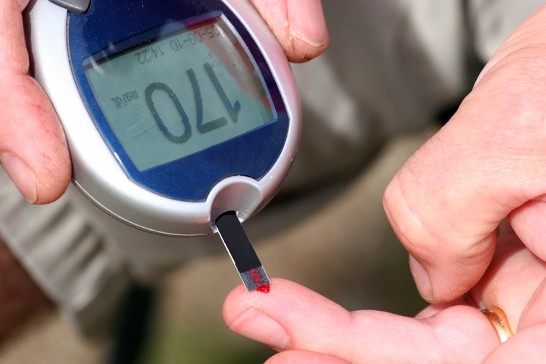
Diabetes is wreaking havoc around the world. It is currently estimated that over 422 million adults around the world suffer from diabetes, and 1.3 million die as a result every year. According to diabetic.org, diabetes remains the seventh leading cause of death in the United States. The estimated financial burden of diabetes in the U.S. was $174 billion in 2007, and it is expected to increase to $330 billion by 2020 (William T.Cefalu et al 2011). In 2010, 69,071 died as a direct result of diabetes in the USA (their certificates listing it as the cause of death), while a total of 234,051 certificates listed it as an underlying or contributing cause of death. According to the World Health Organization, almost 90% of diabetics around the world have type 2 diabetes. Here are a few more diabetes facts according to www.diabetes.org:
1. In 2012, 29.1 million Americans, or 9.3% of the population, had diabetes.
2. Approximately 1.25 million American children and adults have type 1 diabetes.
3. Of the 29.1 million, 21.0 million were diagnosed, and 8.1 million were undiagnosed.
Let’s take a look at what diabetes is: Diabetes is a chronic disease in which there is too little or no insulin present in the body.Type 1 diabetes: Type 1, or IDDM, is mostly seen among kids and is due to a lack of insulin or insufficient amount of insulin. Beta-cells in the pancreas are unable to manufacture the hormone insulin. Type 1 patients are on life-long insulin and need to monitor their blood sugar on a continuous basis. The cause for type 1 diabetes is unknown, but genetics and exposure to certain viruses are considered contributing factors.Type 2 diabetes: Type 2 diabetes is often referred to as adult onset diabetes. 90-95% of diabetes in the United States is type 2 diabetes. In this case there is either not enough of the insulin hormone available in the body, or there is enough insulin but somehow the body is unable to recognize it/use it properly. This resistance to insulin causes excess sugar (glucose) to build up in the bloodstream. It is believed that genetic factors contribute to type 2 diabetes, but stress, being overweight, and overall lifestyle are also major factors. Type 2 diabetes mostly affects adults over 40 years of age.
Type 3 diabetes: The third type of diabetes is gestational diabetes. It is a rare type of diabetes that occurs during the third trimester of pregnancy.In this article, I would like to discuss herbs that can be used in conjunction with exercise, nutrition, and stress management to treat type 2 diabetes. Please consult your doctor if you are taking insulin, because using these herbs can drop your blood sugar levels and cause a serious life threatening situation if not done correctly.
|
|
|
1. Cinnamon (Cinnamomum verum)
Cinnamon has been used for thousands of years; in China, its use goes all the way back to 2700 BC (Castleman 1991). It has been used for medicinal purposes--including diabetes--in several Asian countries. Both cinnamon cassia and cinnamon verum contain an essential oil called
Cinnamaldehyde. Cinnamldehyde (80% in cinnamon verum and 90% in cinnamon cassia) is the constituent to which most of cinnamon’s medicinal properties are attributed.
Botanical and other names include Cinnamon Cassia Blume, Cinnamon Zeylanicum, Cannelle de ceylan, and Saigon cinnamon, among many others. Today, there are two types of cinnamon primarily used: cinnamon cassia, known as Chinese cinnamon, and Cinnamon Verum, known as Ceylon cinnamon.
|
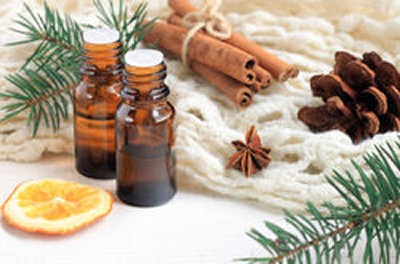 |
|
Alam Khan, MS, PhD of the University of Peshawar in Pakistan published a December 2003 study in the Journal of Diabetes Care (http://care.diabetesjournals.org/content/26/12/3215). The study was conducted on 60 individuals with type 2 diabetes. Each individual was given 6g of cinnamon daily for a period of 40 days followed by a 20-day wash-out period. The study showed a reduction of glucose levels by 18-29% in addition to a lowering of LDL 7-27%, triglycerides 23-30%, and total cholesterol 12-26%. The level of HDL (good cholesterol) was not significant and no change was noted in placebo groups. The researchers concluded:
“The results of this study demonstrate that intake of 1, 3, or 6 g of cinnamon per day reduces serum glucose, triglyceride, LDL cholesterol, and total cholesterol in people with type 2 diabetes and suggest that the inclusion of cinnamon in the diet of people with type 2 diabetes will reduce risk factors associated with diabetes and cardiovascular diseases.”
Another study by Dr. Ting Lu et al. published in 2012 in the Journal of Nutrition concluded:
“Our study indicates that cinnamon supplementation is able to significantly improve blood glucose control in Chinese patients with type 2 diabetes.”
Patients in this study were given 120 mg to 360mg cinnamon extract. The control groups showed no changes (http://www.nrjournal.com/article/S0271-5317(12)00102-9/abstract). These are just two among many other studies published in recent years.
Cinnamon has a long history of use in treating diabetes in many countries, including India, Russia, Korea, and China. Studies have shown the effect of cinnamon is sustained even after 20 days of discontinued treatment. In one study in patients with gestational diabetes, 1 gram of cinnamon cassia was used. After 6 weeks, the requirement for insulin used was decreased from 53.85% in patients used cinnamon. Verses 44%decrease in patients in placebo group (Graham et al 2005). In patients with metabolic syndrome, use of 500 mg/day reduced fasting blood sugar and systolic blood pressure while increasing lean body mass in comparison to the control group (Ziegenfuss et al 2006). The study was conducted for 12 weeks. Cinnamon has been used as natural food preservative due to its anti-microbial antifungal property.
Cinnamon has numerous other beneficial proprieties: it is anti-inflammatory, anti-bacterial, anti-fungal, as well as effective in managing stomach cramps, flatulence, nausea, vomiting, diarrhea, and female reproductive issues such as dysmenorrhea and menorrhea.
Dosage can vary from 1.5 – 4 grams of crushed bark 2-3 times a day, or ½ tea spoon of powdered cinnamon in hot boiling water to make a tea.
Precautions: Because it may lower blood glucose, cinnamon should be used with caution in patients with diabetes. Some contact dermatitis has been noticed in individuals sensitive to Cinnamon oil (Cheung et al 2003). In patients who are allergic to cinnamon, Peru balsam, or ulcer of duodenum, it is contraindicated. It is also contraindicated in patients with active ulcer
|
|
|
2. Fenugreek (Trigonella foenum-graecum) (family Leguminosae)
Fenugreek is an annual plant of the Fabaceae family, an herb that is native to Iran, Pakistan, India, and southern Europe. It seems to be the favorite of many herbalists when dealing with diabetes. The component used is mainly fenugreek seeds; usage of leaves is less common.
Other names include Birds foot, huluba, and Trigonella.The most important constituents of fenugreek are soluble fiber of the fenugreek alkaloid trigonelline; 4-hydroxyisoleucine; tannic acid; volatile and nonvolatile oils; bitter extracts; coumarin; mucilage (30%); Steroidal Saponins; protein; vitamins A, B, and C; potassium; sodium; and iron, among many others.
Numerous animal studies have shown the effectiveness of fenugreek in managing both type one and type two diabetes (Vats et al 2002, Eidi et al 2007, Mohammad et al 2006). Fenugreek has also been shown to mimic insulin effects and could increase sensitivity to available insulin (Puri et al 2002). In one study, 1 gram of fenugreek seed extract was given daily to 25 patients with type 2 diabetes for two months. Fasting blood glucose dropped in the treated group from 148 to 119.9 on average. The drop was attributed mainly to fenugreek’s 4-hydroxyleucine content.
A study by Dr. Lu et al. in 2008 on 69 patients demonstrated that a 12-week trial on patients taking combinations of sulfonylureas reduced blood glucose levels and improved symptoms in type two diabetic patients in comparison to the control groups. In another double blind study conducted in 2001 by Gupta et al., using 1 gram per day of fenugreek seed extract for two months resulted in increased insulin sensitivity and improved insulin resistance in patients.
A shorter 10-day study with patients in type 1 diabetes, fenugreek seed powder (50 grams twice daily) reduced fasting sugar levels significantly and improved glucose tolerance (Sharma et al 1990).
Studies have also shown that in type 1 diabetic patients with high cholesterol levels, a significant reduction in LDL,VLDL, and triglyceride levels was achieved using 100 grams per day of fenugreek seed (Sharma et al 1990). Other uses of the seed are its anti-inflammatory impacts (Ahmadiani et al 2001), its effect on thyroid hormones (Panda et al. 1999), and its stimulation of digestion (Platel & Srinivasan 1996 & 2000).
In Ayurvedic medicine, it is used in treating fever, gout, and chronic cough. In Morocco, it is used against kidney stones.
Cautions: Fenugreek is contraindicated in patients with allergies to the herb or in people who are allergic to chickpeas as a result of cross sensitivity (Ulbricht & Basch 2005). If you are taking an iron supplement, try to space out at least two hours between taking iron and fenugreek, because it lowers absorption of the iron.
Fenugreek can interact with blood thinning medications. In large doses, it can give diarrhea or flatulence. In breast feeding women, it has been shown to promote lactation.
|
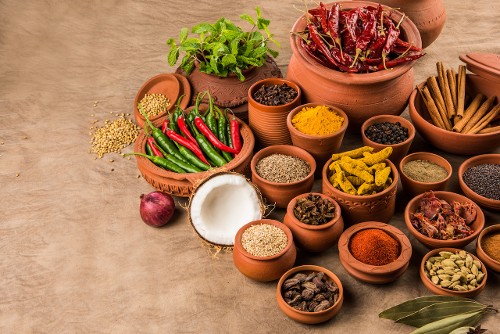
|
|
|
|
|
3. Bilberry (Vaccinium myrtillus) (family Ericaceae)
Bilberry is native to Asia and Europe but exists all over the world. Other names for bilberry include huckleberry, dwarf billberry, petit myrte, whortle berry, win berry, Baies de myrtille, and Blaubeeren.
Bilberry has several constituents, but its health benefits are mostly attributed to its
polyphenols (micronutrients, antioxidants etc.) such as anthocyanosides (Kahkonen et al 2001). It is believed that anthocyanosides increase the intracellular level of Vitamin C, decreasing the leakiness of blood vessels. In addition, anthocyanosides are shown to improve circulation to the retinas. Other important constituents of bilberry are tannis, phenolic acids, pectins, and triterpenes. Bilberry also contains volatile oil compunds such as methyl salicylate, citronellol, etc. Additionally, Bilberry contains vitamin C and chromium, among many other constituents.
Bilberry has been shown to possess many medicinal effects: it is anti-inflammatory, neuroprotective, and hypoglycemic. A study which gave bilberry leaf extract orally in rats showed a decrease of plasma glucose levels by 26% (Cignarella et al. 1996). Bilberry extract has been used for diabetic retinopathy in France since the 1940s. The standardized content for anthocyanosides in Europe is 25%. Extract dosage is 80-160 mg, three times a day.
Several studies have shown the effectiveness of Bilberry extract in preventing or treating retinopathy (Lietti et al 1976, Orsucci et al. 1983). No toxicity has been indicated unless bilberry is given in very high doses (above 400mg/k). Another use for bilberry is the reduction of triglyceride levels in rats (Cignarelli et al 1996). Traditionally, Bilberry is used to treat diarrhea, ophthalmic conditions, gastrointestinal diseases, and inflammatory conditions, among many other benefits.
Caution: It is important to remember that there is an increased bleeding risk in patients who are also taking anti-platelet or anti-coagulation drugs such as warfarin, etc. As always, check with your doctors before starting the use of any herbs. Some individuals have shown skin issues or gastrointestinal problems as a result of taking bilberry.
|
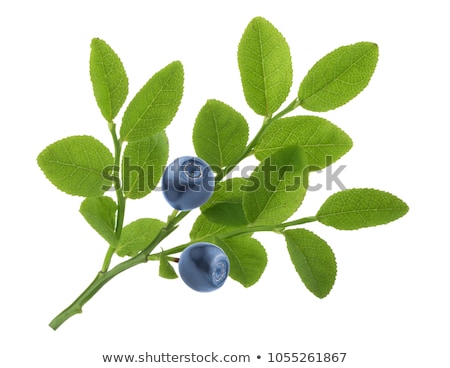
|
|
|
|
|
4. Golden Seal (Hydrastis canadensis) (family Ranunculaceae)
Golden seal, or Hydrastis Canadensis, belongs to Ranunculaceae family and is indigenous to North America. Golden seal has traditionally been used by Cherokees for treating gastritis, diarrhea, and skin disorders. Other traditional uses include dying fabrics and treating eye and mouth inflammation.
Other names include eyeroot, jaundice root, orange root, and yellow root.
The constituents of golden seal are berberine and alkaloids (canadaline, hydrastidine, and corypalmine). Golden seal’s health benefits are attributed to its Berberine content.
Golden seal has a variety of health benefits. In one study, the blood glucose lowering effect of golden seal was similar to that of metformin in vitro (Yin et al 2002). Another study showed a decrease in blood glucose levels, cholesterol levels, and triglycerides after 8 weeks of treatment with berberine (Leng et al 2004). Berberine has been shown in in vitro studies to have hypoglycemic, hypolipidaemic, and antioxidant effects in patients with diabetes (Tang et al 2006). Berberine reduces the transport of glucose through the intestinal wall (Pan et al 2003).
and has also been shown to reduce the renal complications of diabetes (Lui et al 2008). Other benefits of golden seal are its anti-microbial activities against Staphyloccus aureus, stretococucus sanguis, Escherichia Coli, and various other microbial health hazards (Scazzocchio et al. 2001). Its use to treat heart failure, cancer, and inflammation is also currently being researched and reported. The part of golden seal typically used in medicine is the root and rhizome.
Caution: Golden seal use is contraindicated in patients with kidney diseases. Golden seal should be avoided during pregnancy and lactation, and in newborns with jaundice. Berberine can cause jaundice in babies due to the acute cause of hemolysis. In patients with hypertension it is also contraindicated (BHMA 1983), because it can cause vasoconstriction in large amounts, causing higher blood pressure.
Golden seal can generally be tolerated without side effects at lower doses of less than .5g of berberine. Doses higher than that can cause dizziness, lethargy, and irritation of the eyes or skin (Blumenthal 2003). Golden seal can interact with other medications. It is VERY important to check with your doctor before using golden seal regularly.
|
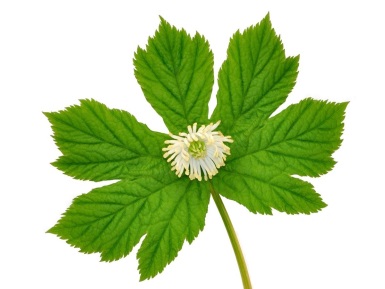
|
|
|
|
|
5. Gymnema Sylvester (family Asclepiadaceae)
Gyemnema Sylvester is an herb belonging to the dicotyledonous class and the Asclepiadaceae family. The part most often used is its leaves. The plant is native to Africa, the Middle East, and India; in India, there are 45000 species of Gymnema sylvester, in which several thousand have medicinal properties.
Other names include melicida, gurmar, merasingi, asclepias germinate, gokhru, and kharak.
The chemical components of Gyemnema Sylvester are saponinins, triterpenes known as gymnemic acids, gymnemasaponins, and a polypeptide, gurmarin. Other phytoconstituents include flavones, anthraquinones, hentriacontane, resins, pentatriacontane, tartaric acid, formic acid, butyric acid, lupeol, and calcium oxalate. The presence of alkaloids has also been detected in plant extracts.
Gyemnema Sylvester has been used for a long time to treat diabetes (Grover, Yadov, and Vats 2002). It has been proven effective for both type one and type two diabetes. Its potential antidiabetic compounds are oleanane triterpenoid saponins (i.e. gymnemic acids), gymnemosides, and gurmarin (Porchezhian and Dobriyal 2003). The effectiveness of Gymnema Sylvester in diabetics is due to several factors:
1. Its effect in reducing absorption of glucose in intestinal wall (Shimizu et al. 2001)
2. Stimulating insulin secretion in pancreas (Persaud et al. 1999)
3. Increase in number of islets of Langerhans and number of pancreatic beta cells (Prakas et al. 1986)
4. The gymnemic acids in Gyemnema Sylvester act similarly to sugar molecules, filling the receptors in the taste buds and thus preventing its activation by the sugar in the food. Individuals with diabetes have shown a decreased desire to consume sweets when Gymnema was applied to the tongue. This is apparently due to the way that gymnemic acid blocks the sensation of sweetness.
In a small double blind study, an Ayurvedic formula showed the hypoglycemic activity of Gyemnema Sylvester in vivo to be the result of several factors: decreased uptakeof glucose from the intestinal wall, improved glucose metabolism, decreased HbA1c, improved insulin secretion, and lowered concentration of lipids (Baskaran et al. 1990; Porchezhian and Dobriyal 2003; Ramkumar et al. 2008; Mohamed Farook 2009).
In another study, extracts of G. sylvestre were given at 400 mg per day as a supplement to 22 Type 2 diabetic patients for 18 to 20 months. Patients in the study experienced significant reductions in blood glucose levels (Bhaskaran et al., 2001). In other studies, significantly improved glucose levels in type 2 diabetes patients been noticed (Hsia et al 2004). Studies have shown Gymnema Sylvester to be effective in managing both type 1 and type 2 diabetes.
Dosage and side effects: The suggested dosage for Gyemnema Sylvester is 400-600mg a day, containing 24% gymnemic acid. There have been reports of hepatotoxicity when gymnema was used with weight loss formulas such as Garcinia cambogia, willow bark, green tea and guarana (Stvens et al 2005). Interactions with other medications are not known, but gymnema may enhance the insulin-lowering effects of glucose. Gastric irritation can occur as a result of taking Gyemnema Sylvester. Dosages below 500mg for a duration of 52 weeks have shown no toxic side effects (Ogawa et al 2004). Again, it is very important to ask your doctor about taking Gyemnema Sylvester and to monitor your blood glucose levels closely if you do choose to use this herb.
|
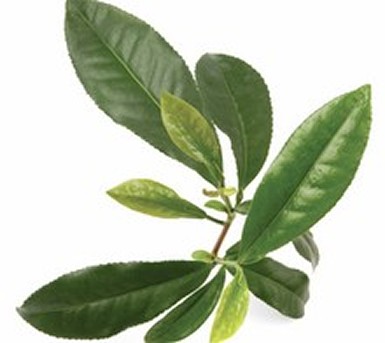
|
|
|
|
|
6. Aloe Vera (Aloe barbadensis)
Aloe vera is an herb which belongs to the Aloeaceae family. Its leaves, which exudate juices and gel, are the part of the plant usually used in medicine. Aloe has been used since ancient times. In ancient Mesopotamia it was used for wound healing; ancient tablets have been found in which its use is described (Atherton 1998). Currently, aloe vera is found all over the world.
Other names include barbados aloe, curacao aloe, and aloe barbadenisis.
Aloe is mostly made of water (99%). It also contains mono and polysaccharides, glucomannans or pectic acid, along with a range of other organic and inorganic components. Mono and polysaccharides are long chain sugars containing glucose and mannose. Gluco-mannan, known as acemannan, is a glycol protein with anti-allergic properties. C–glucosyl chromone has also been recently identified as having anti-inflammatory properties. Aloe gel also contains lignans, saponins, salicylic acid, sterols, and triterpenoids, folic acid, niacin, thiamine, sodium, calcium, potassium, magnesium, copper, zinc, iron, choromium, and vitamins A, C, and B12,.
Aloe vera has been shown to lower blood glucose level in patients with diabetes (Grover et al. 2002). In one study trial of 40 patients with type 1 diabetes, participants were given aloe juice containing 80% gel for a period of 2 weeks. Consequently, blood sugar levels dropped significantly in the patients who were given aloe in comparison to patients in the control group. Blood triglyceride levels were also reduced, while cholesterol levels stayed the same (Yongchaiyudha et al. 19976). In three other studies, aloe gel was able to decrease fasting blood glucose significantly, as well as hemoglobin A1c in patients with type 2 diabetes (Bunyapraphatsara et al. 1996).
In another clinical study of 49 men and 23 women, patients received 15 mL of aloe juice twice daily – in the morning and before bedtime. Another group received two tablets of glibenclamide (5 mg) for 42 days. The control group was given glibenclamide (5 mg twice daily), while a placebo group was given aloe using the same administrative protocol as the treatment group. Blood glucose levels were significantly decreased in the treatment group and remained unchanged in the control group. Scientists concluded that aloe vera juice administered alone or in combination with standard drugs has similar effects of reducing blood glucose levels (Yongchaiyudha et al., 1996a, 1996b).
Additionally, aloe vera leaf pulp (which has no gel) demonstrated hypoglycemic activity against type 2 diabetic rats (Okyar et al., 2001).
Aloe has also been known since ancient times for its wound healing, soothing of skin, and healing of burned skin. Since the 1930s, research has shown aloe to have effective anti-microbial properties in treating pseudomonas aeruginosa, klebsiella pneumoniae, Escherichia coli, etc. (Heck et al. 1981). It has also been shown to be anti-viral (Saoo et al 1996) in patients with HIV.
Additionally, the compound aloe-emodin, an anthraquinone compound shown to have anti-cancer propriety in gastric carcinoma, is effective in treating irritable bowel syndrome (Davis et al. 2006), as well as Chronic fatigue Syndrome. These are just few benefits of this wonderful plant.
Caution: A case of depression in thyroid hormones in women taking aloe juice has been reported. The patient in this case was taking 10 mL of aloe juice for 11 months; labs indicated her lower level of thyroid hormones (Pigatto & Guzzi 2005). Aloe vera is also contraindicated in children with diarrhea, as well as in individuals with hypersensitivity to aloe. Due to its strong laxative effect, it is also contraindicated during pregnancy. Please consult your doctor before using any herbal remedies.
7. Mulberry (Morus Indica)
Mulberry leaves have shown to lower blood glucose levels in animal studies.
8. Goji Berry
The Non-Insulin Dependent Diabetic Mellitus (NIDDM) showed that goji berries can lower blood sugar levels and cholesterol levels (Zhao et al. 2005). The goji berry fruit’s extract has been shown to have hypoglycemic effects in animals with diabetes, but not much of an effect on healthy animals (Luo et al 2004).
Herbs such as bitter Melon (Momordica charantica), Ginko Biloba, Ginseng, Garlic, and onions have also shown potency in treating diabetes[d1] [d2].
Thanks,
Ashraf Girgis,ND
|
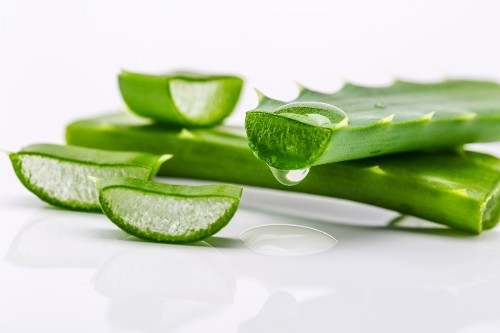
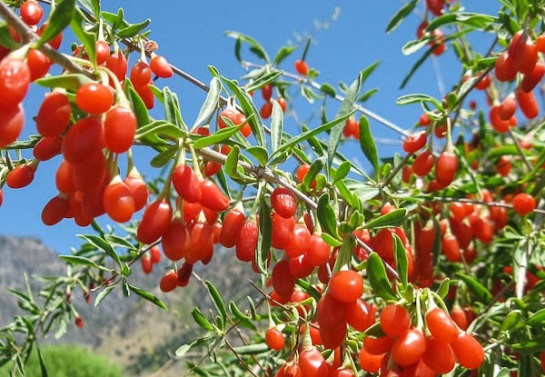
|
|
|
|
Additional Articles
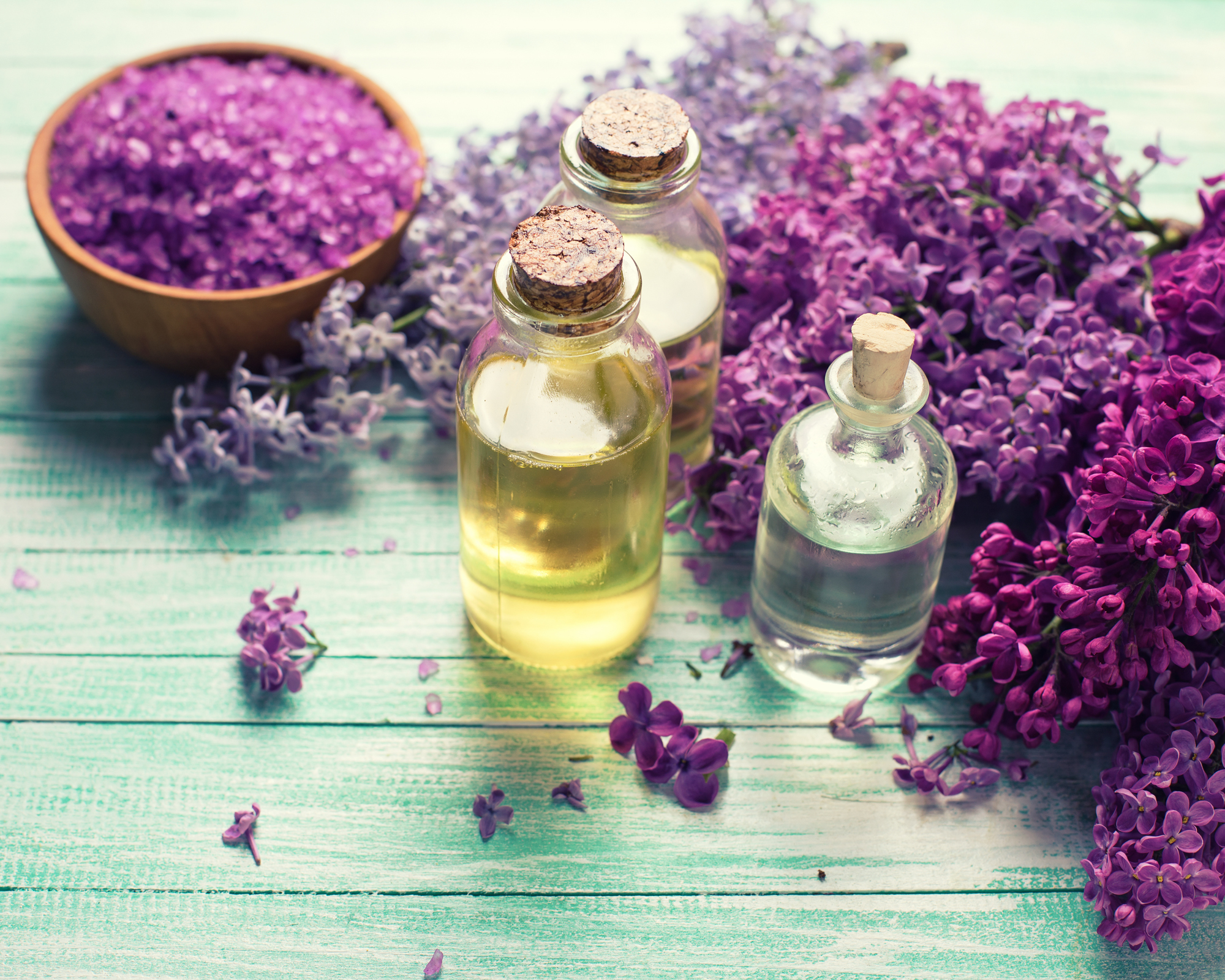
Cellulitis Treatment: Natural Remedies & Prevention Tips
Read More
|
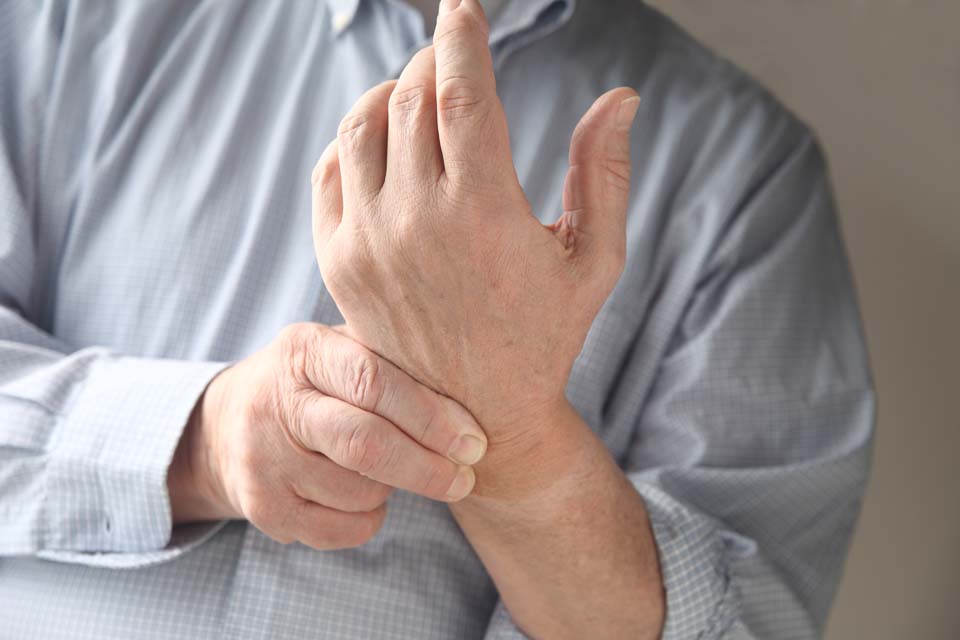
9 Herbs to Fight Arthritis Pain
Read More
|
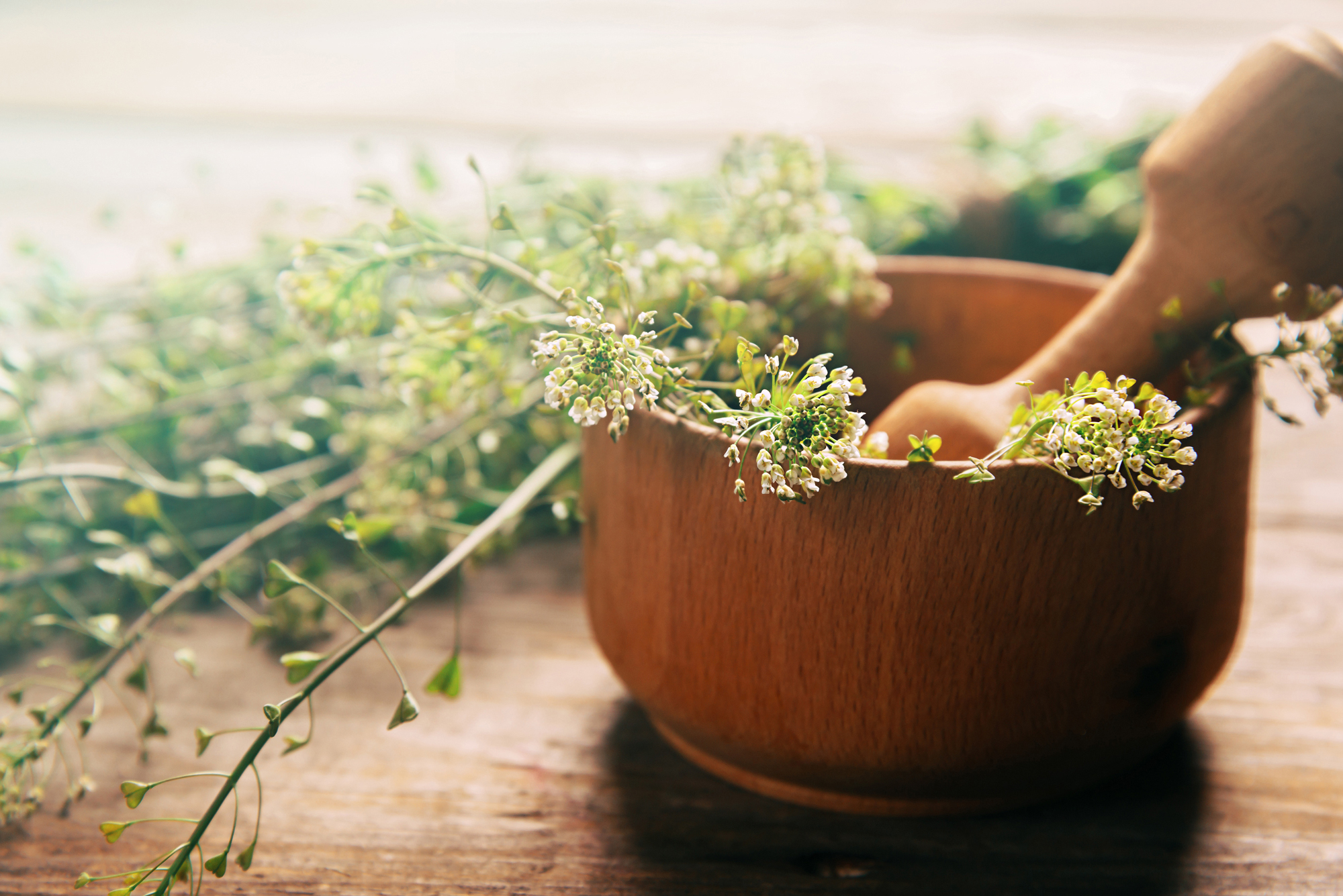
8 Herbs To Benefit Gut Health
Read More
|
|
|
|
|